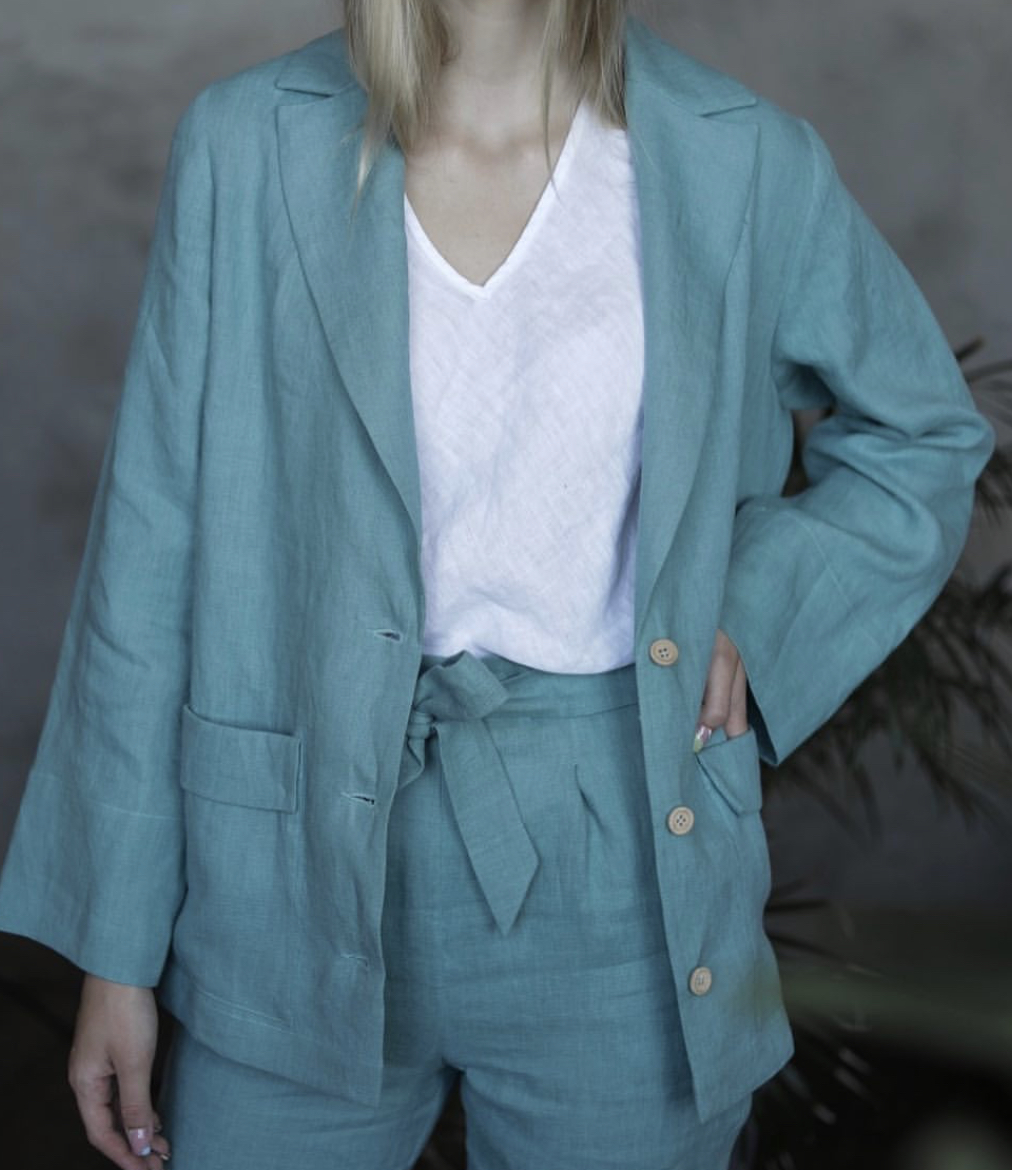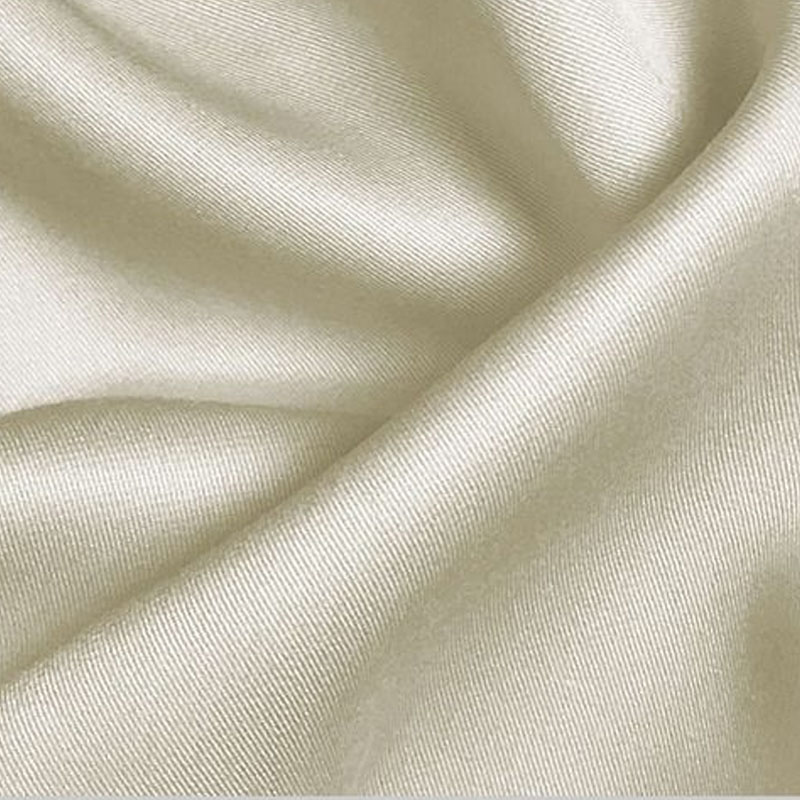curtain material fabric
јан . 15, 2025 01:29 Back to list
curtain material fabric
Choosing the right curtain material fabric is an essential step in creating an inviting and stylish home. With countless options available, it's easy to feel overwhelmed, but understanding the different types of fabrics can help demystify the process. Whether you are looking for something lightweight and airy or rich and luxurious, the fabric you choose not just influences the look of your curtains but also affects their functionality, durability, and maintenance.
Linen is another popular choice, celebrated for its organic texture and relaxed style. Often associated with coastal or rustic décor, linen provides a casual elegance that is both inviting and timeless. It's an effective choice for rooms that benefit from diffused natural light, as linen filters sunlight gently while still offering privacy. However, linen does wrinkle more easily than other fabrics, so it's important to consider the look you desire and whether the natural, lived-in appearance of linen suits your style. Velvet is the epitome of luxury and warmth, making it the fabric of choice for creating a cozy and sumptuous atmosphere. Ideal for bedrooms or formal living spaces, velvet curtains block light effectively and provide excellent insulation, reducing drafts during colder months. Their plush texture can elevate a room's ambiance, offering both visual and tactile comfort. Velvet requires careful handling to avoid pile crushing, and regular maintenance is essential to preserve its plush nap. When selecting curtain material fabric, your choice should align with the room’s purpose, existing décor, and maintenance preferences. Consider synthetic blends if you're looking for an easy-care option suitable for high-traffic areas. Blends can offer the best of both worlds, combining the aesthetics of natural fibers with the practical benefits of synthetics. Remember, the right curtain fabric can transform a space, enhancing both its appearance and functionality. In conclusion, understanding the properties and benefits of various curtain fabric materials allows you to make informed decisions that enhance your home’s interior. From cotton's versatility and polyester's practicality to silk's luxury and velvet's opulence, each material has its unique strengths. By aligning your fabric choice with your needs and preferences, you’ll not only boost the aesthetic appeal of your curtains but also their performance as a functional part of your home décor.


Linen is another popular choice, celebrated for its organic texture and relaxed style. Often associated with coastal or rustic décor, linen provides a casual elegance that is both inviting and timeless. It's an effective choice for rooms that benefit from diffused natural light, as linen filters sunlight gently while still offering privacy. However, linen does wrinkle more easily than other fabrics, so it's important to consider the look you desire and whether the natural, lived-in appearance of linen suits your style. Velvet is the epitome of luxury and warmth, making it the fabric of choice for creating a cozy and sumptuous atmosphere. Ideal for bedrooms or formal living spaces, velvet curtains block light effectively and provide excellent insulation, reducing drafts during colder months. Their plush texture can elevate a room's ambiance, offering both visual and tactile comfort. Velvet requires careful handling to avoid pile crushing, and regular maintenance is essential to preserve its plush nap. When selecting curtain material fabric, your choice should align with the room’s purpose, existing décor, and maintenance preferences. Consider synthetic blends if you're looking for an easy-care option suitable for high-traffic areas. Blends can offer the best of both worlds, combining the aesthetics of natural fibers with the practical benefits of synthetics. Remember, the right curtain fabric can transform a space, enhancing both its appearance and functionality. In conclusion, understanding the properties and benefits of various curtain fabric materials allows you to make informed decisions that enhance your home’s interior. From cotton's versatility and polyester's practicality to silk's luxury and velvet's opulence, each material has its unique strengths. By aligning your fabric choice with your needs and preferences, you’ll not only boost the aesthetic appeal of your curtains but also their performance as a functional part of your home décor.
Next:
Latest news
-
Premium Soft 100 European Linen Fabric | Bedding & Clothing
NewsAug.22,2025
-
Premium Linen Napkins & Table Linens - Wholesale & Custom
NewsAug.21,2025
-
Handcrafted Indian Block Print Linen Napkins
NewsAug.19,2025
-
Adult Bamboo Robes: Soft, Eco-Friendly Comfort & Luxury
NewsAug.18,2025
-
Indian Block Print Linen Napkins - Handcrafted & Wholesale
NewsAug.17,2025
-
Wholesale Linen Napkins | Custom Table Linens & More
NewsAug.16,2025
